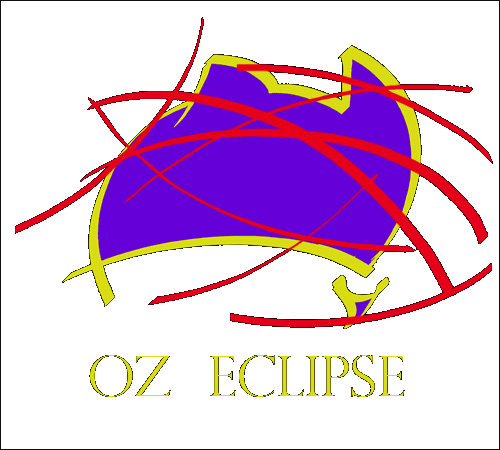
 |
WAITING FOR THE
SHADOW
Solar Eclipse Observing and Photography - Joseph Cali
|
| PHOTOGRAPHY | ECLIPSES | ASTRONOMY | HOME PAGE |

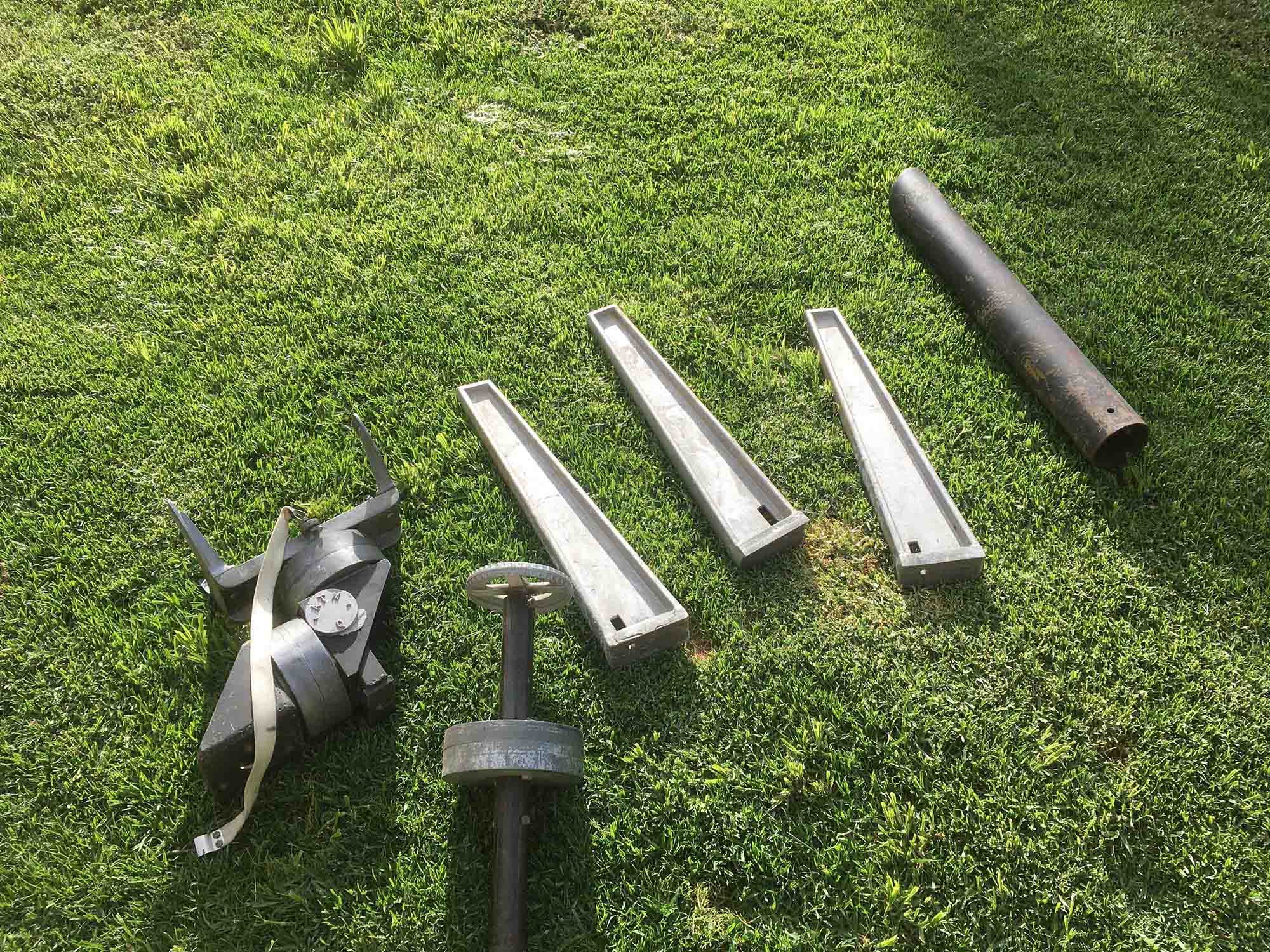
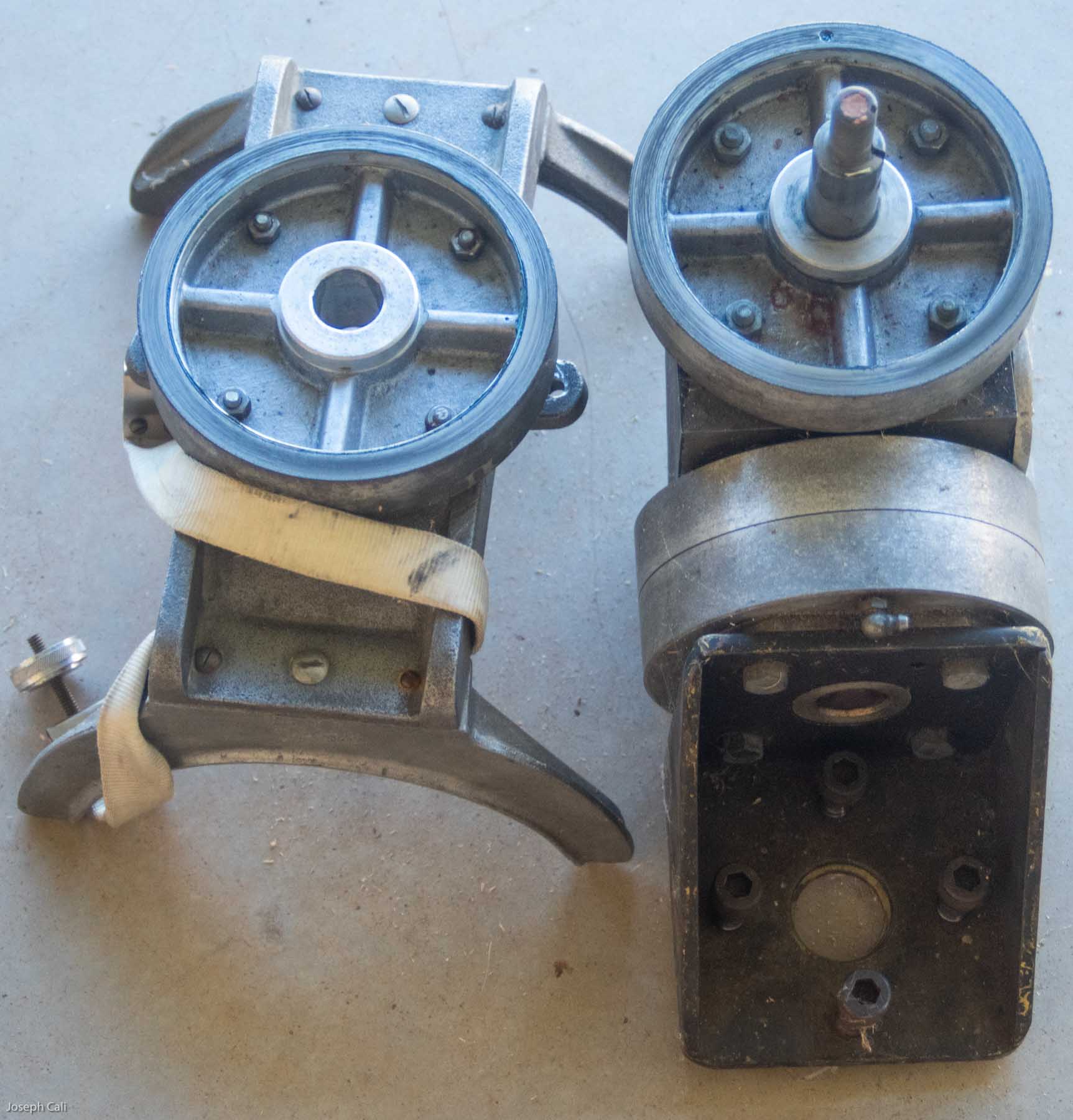
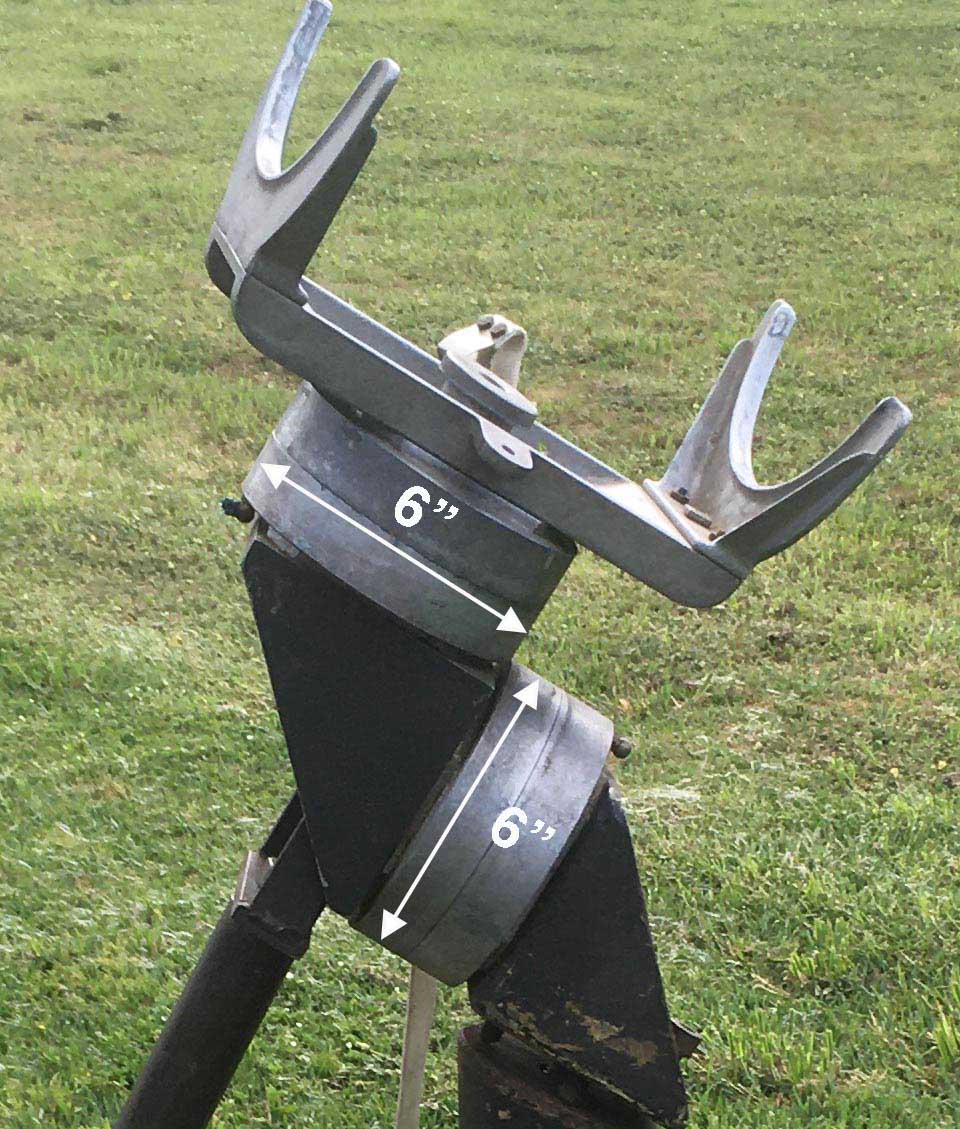
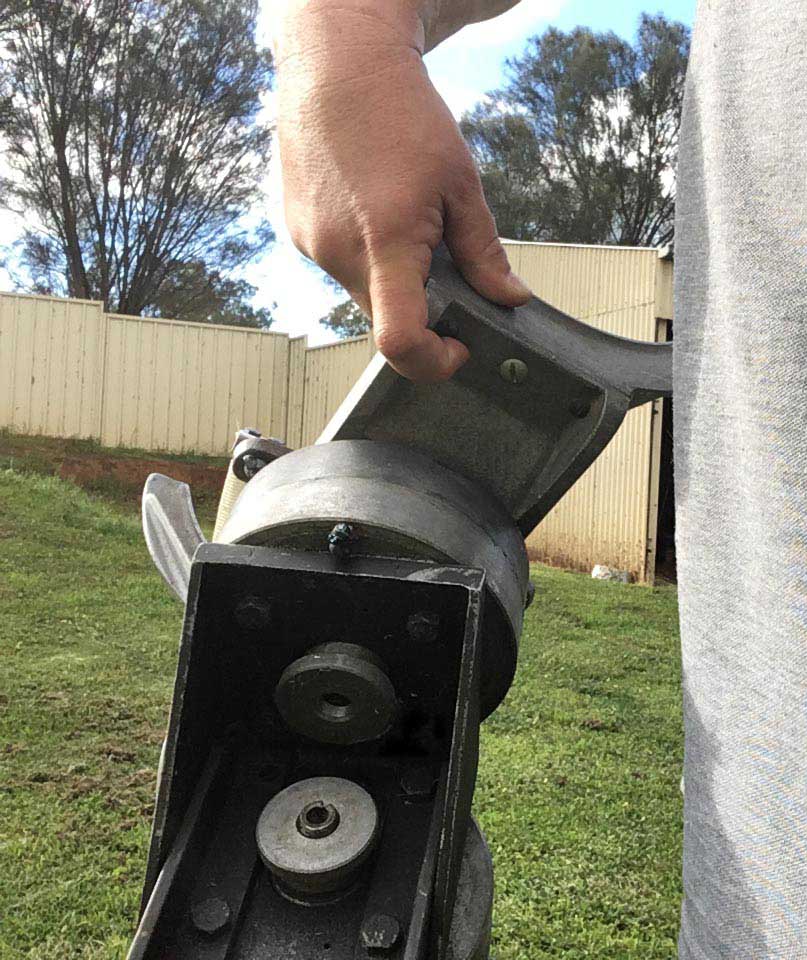

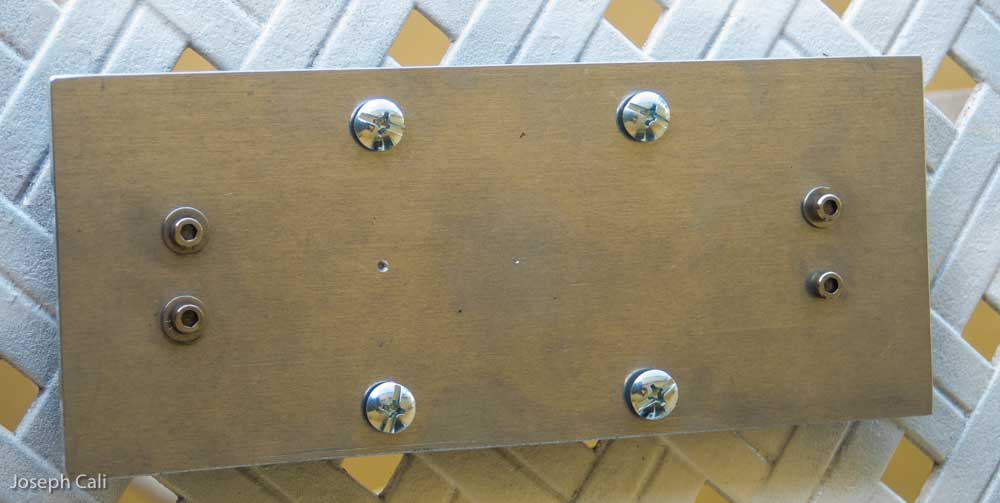


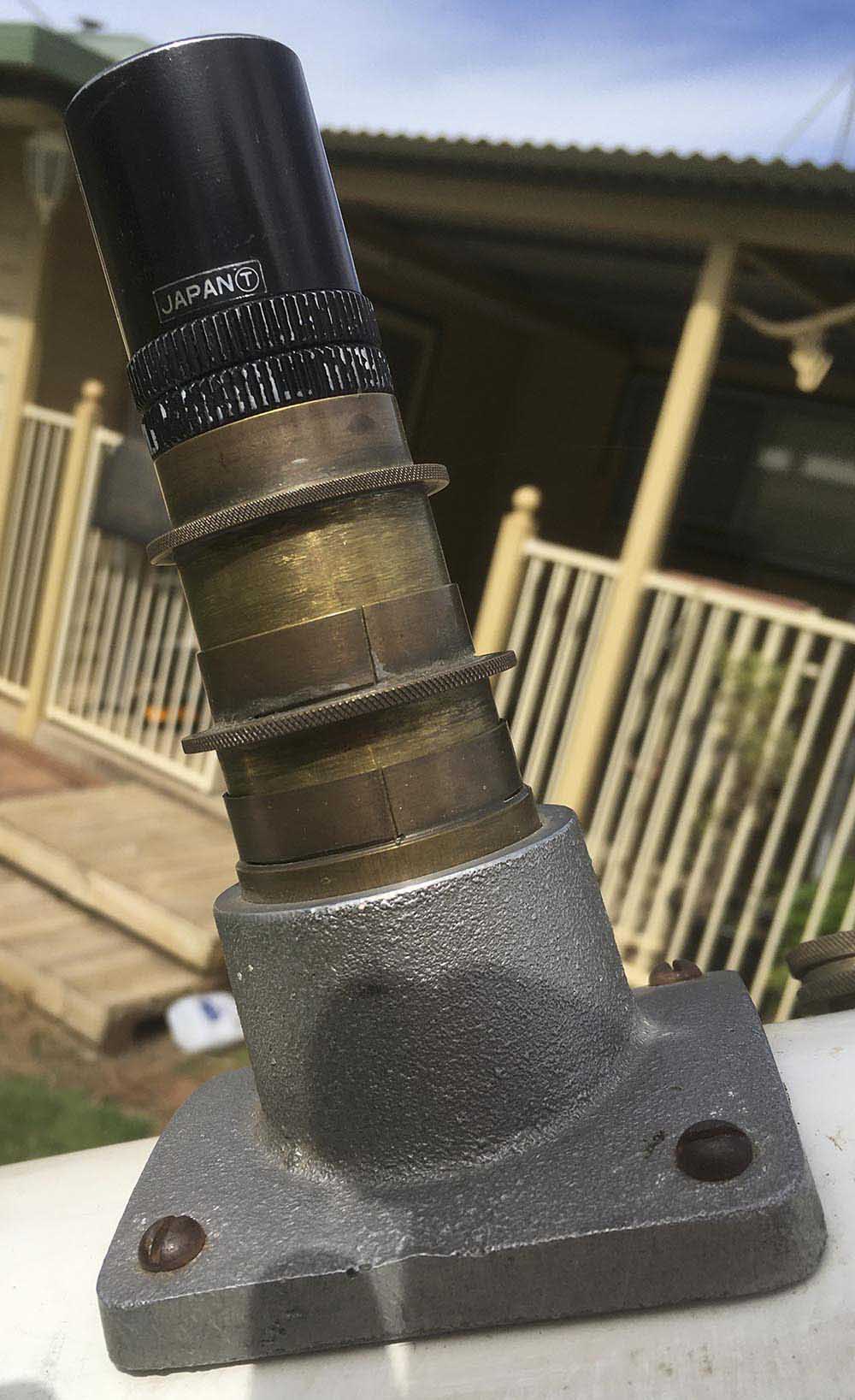
| Eyepiece |
Magnification |
Field of view (o) |
Exit Pupil (mm) |
| Unitron 40mm Kellner | 26 |
1.5 |
5.7 |
| Denkmeier 21mm |
50 |
1.3 |
3 |
| University Optics König 16mm | 66 |
1.0 |
2.3 |
| Denkmeier 14mm | 75 |
0.87 |
2.0 |
| Pentax XL10 |
105 |
0.65 |
1.4 |
| Televue Nagler 7mm | 150 |
0.55 |
1.0 |
| Pentax XL5 | 210 |
0.33 |
0.7 |



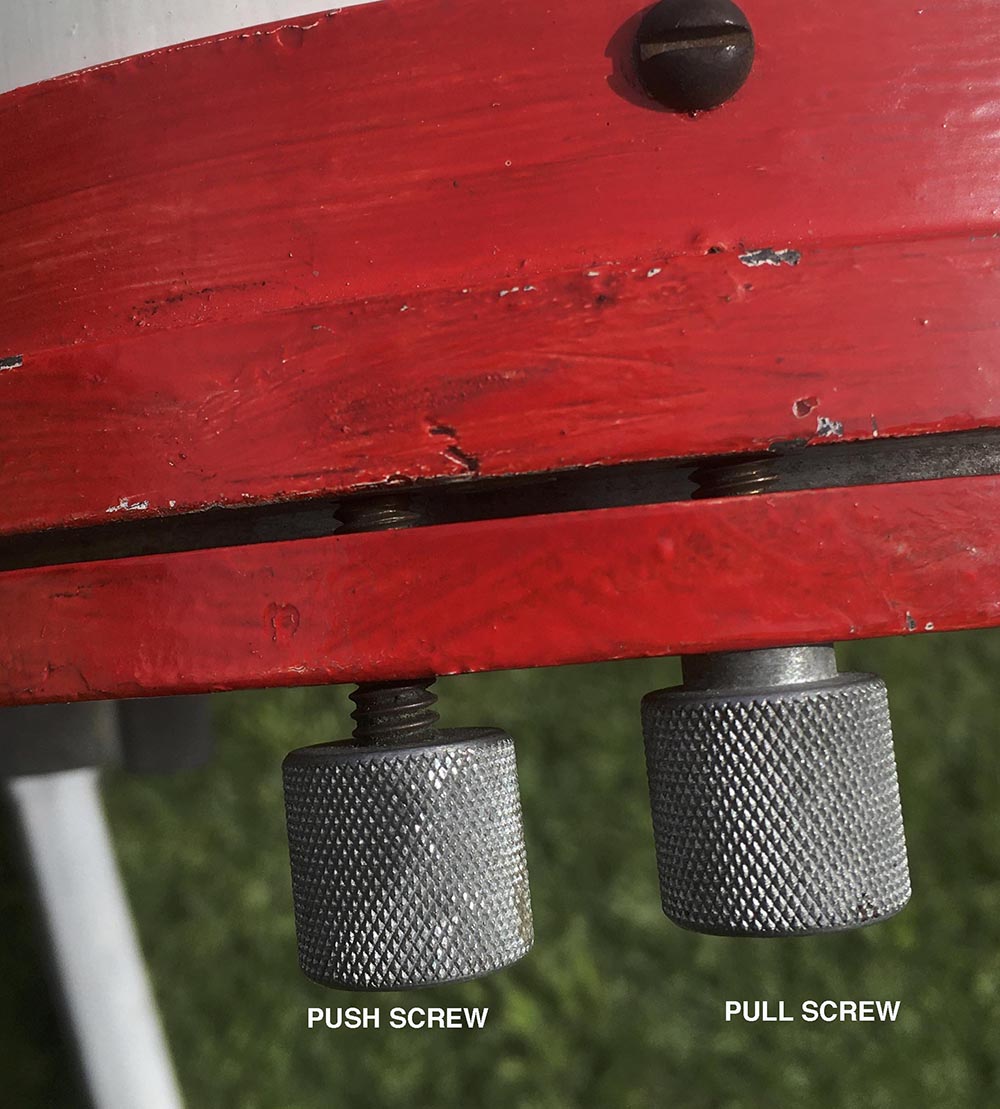
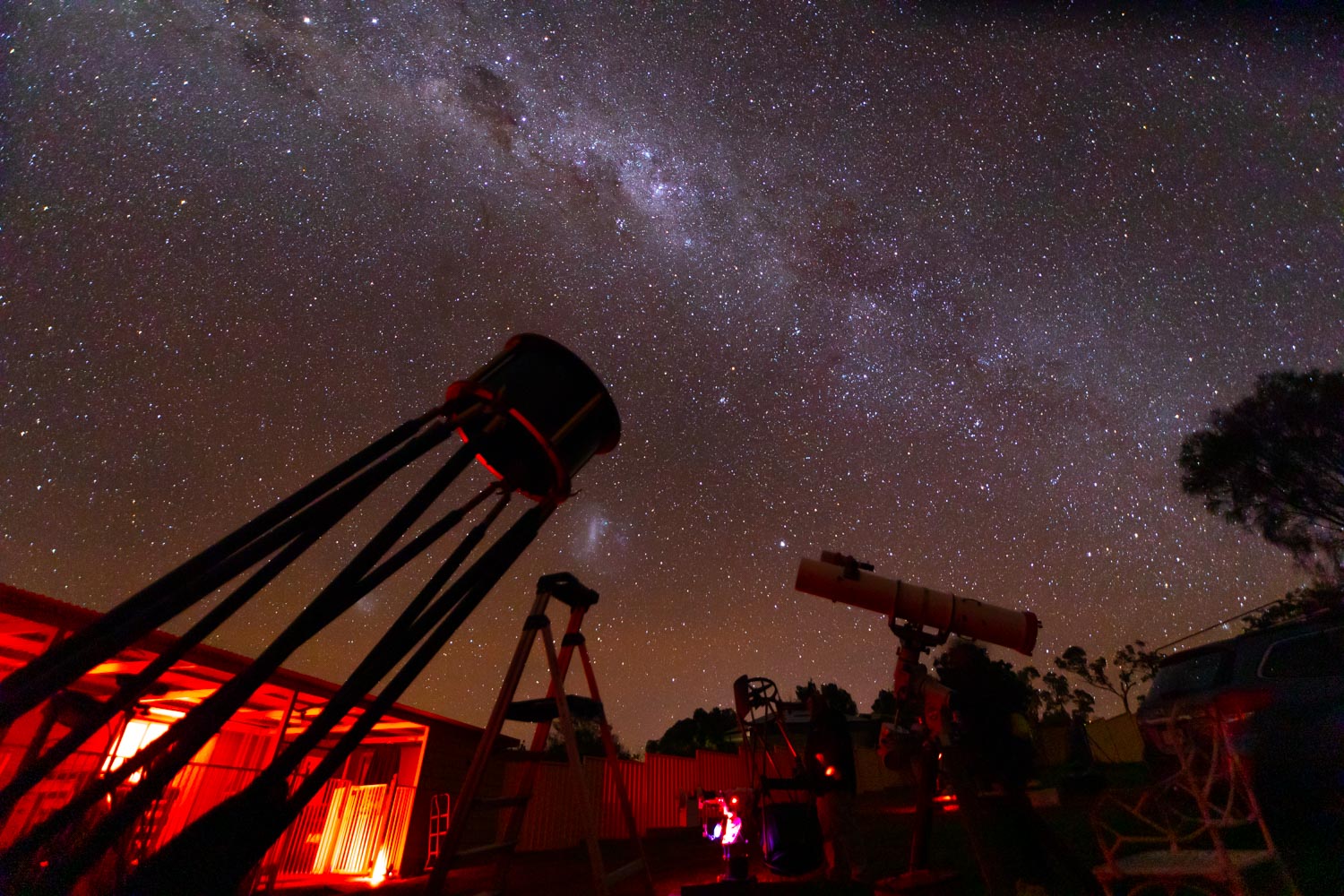
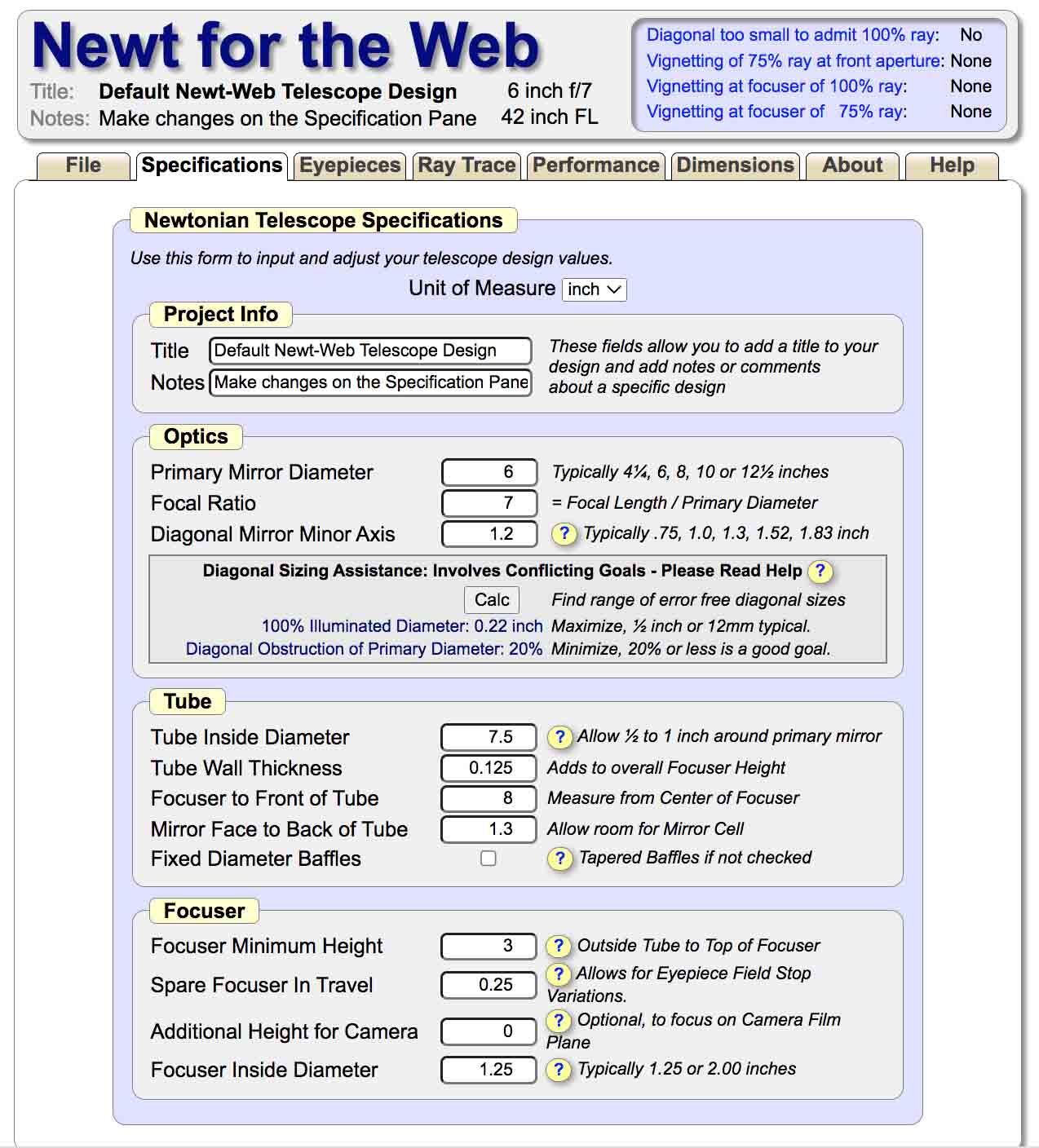
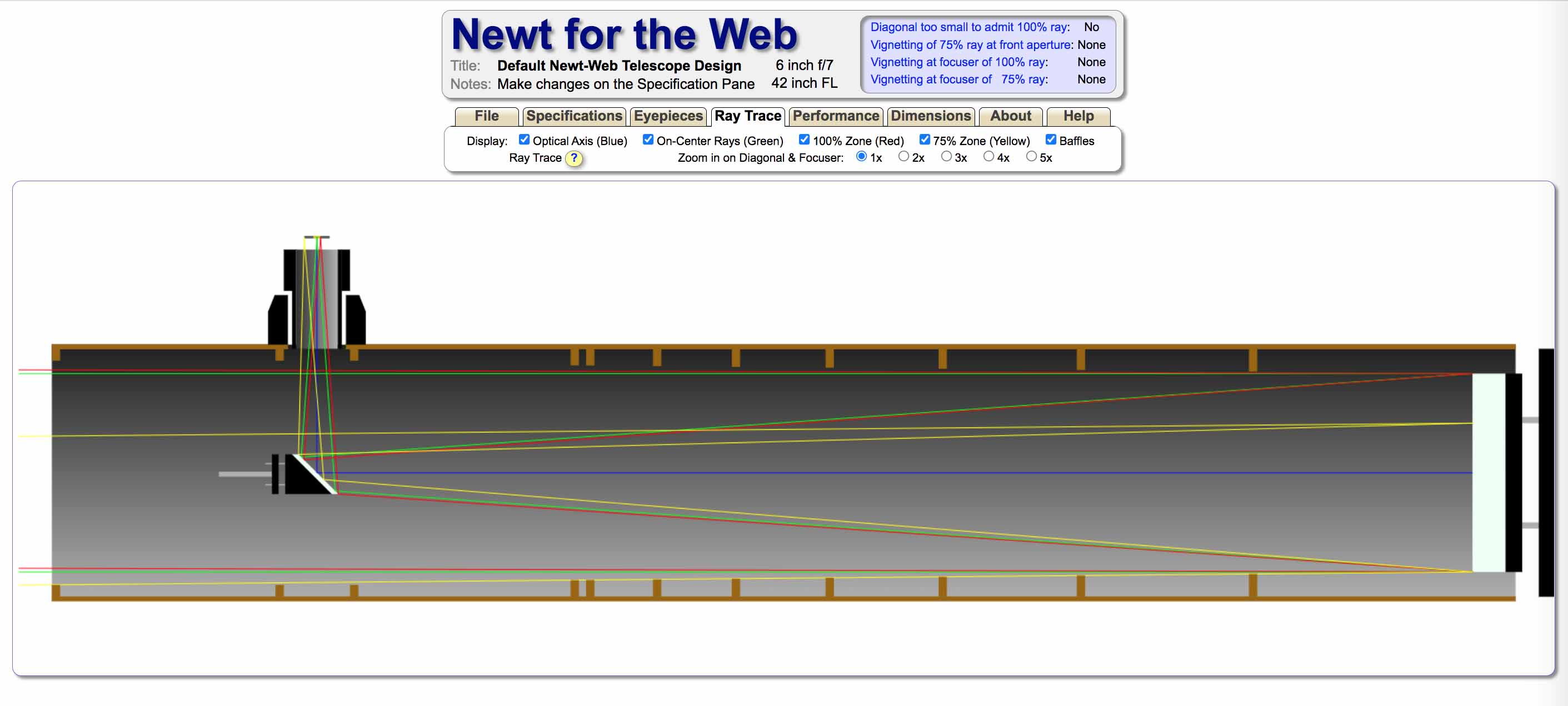
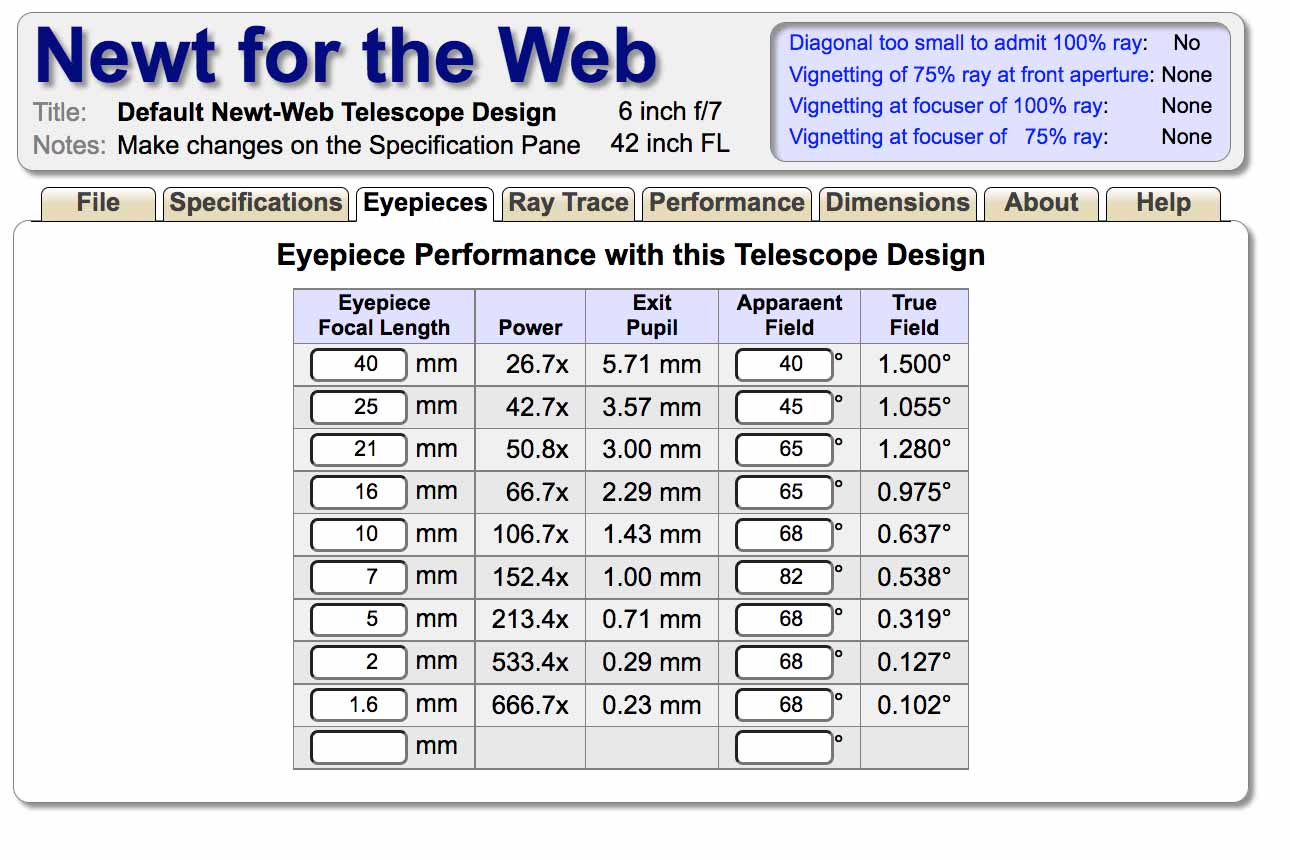

| PHOTOGRAPHY | ECLIPSES | ASTRONOMY | HOME PAGE |